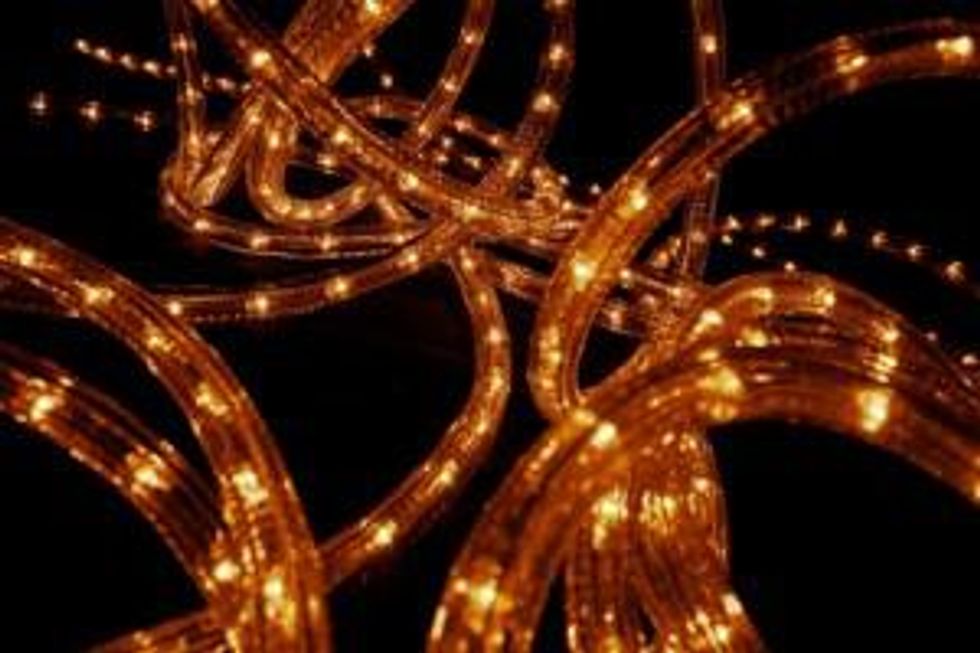- AustraliaNorth AmericaWorld
Investing News NetworkYour trusted source for investing success
- Lithium Outlook
- Oil and Gas Outlook
- Gold Outlook Report
- Uranium Outlook
- Rare Earths Outlook
- All Outlook Reports
- Top Generative AI Stocks
- Top EV Stocks
- Biggest AI Companies
- Biggest Blockchain Stocks
- Biggest Cryptocurrency-mining Stocks
- Biggest Cybersecurity Companies
- Biggest Robotics Companies
- Biggest Social Media Companies
- Biggest Technology ETFs
- Artificial Intellgience ETFs
- Robotics ETFs
- Canadian Cryptocurrency ETFs
- Artificial Intelligence Outlook
- EV Outlook
- Cleantech Outlook
- Crypto Outlook
- Tech Outlook
- All Market Outlook Reports
- Cannabis Weekly Round-Up
- Top Alzheimer's Treatment Stocks
- Top Biotech Stocks
- Top Plant-based Food Stocks
- Biggest Cannabis Stocks
- Biggest Pharma Stocks
- Longevity Stocks to Watch
- Psychedelics Stocks to Watch
- Top Cobalt Stocks
- Small Biotech ETFs to Watch
- Top Life Science ETFs
- Biggest Pharmaceutical ETFs
- Life Science Outlook
- Biotech Outlook
- Cannabis Outlook
- Pharma Outlook
- Psychedelics Outlook
- All Market Outlook Reports
The country has commissioned a plant that will produce roughly 5 percent of the world’s rare earths. That’s important news for countries that have been looking for a supplier outside of China.
According to Reuters, India is commissioning a plant that will produce up to 5,000 tonnes of REEs annually. S. Surya Kumar, head of state-owned Indian Rare Earths’ Rare Earths Division, has not given a timeline for the plant’s development, but did say that it will be located in Odisha and will produce rare earth oxides by processing monazite from beach sand.
Once the plant is up and running, India could stand to contribute approximately 5 percent of global supply.
Interest from Japan
Japan, like the rest of the world, relies heavily on China for REEs. However, the resource is even more important for the island nation as REEs are necessary for the production of the electronics and computerized systems that make up a substantial portion of Japan’s exports.
It isn’t surprising then that a subsidiary of Japan’s Toyota Tsusho (TSE:8015) has a hand in the newly commissioned Indian plant. Indeed, it’s already entered into an agreement for half of its anticipated production. The partnership between the two looks to be going well so far, as the International Business Times reported that Indian Prime Minister Narendra Modi met with Japan’s Shinzo Abe this week to discuss the contract further. Japan has also committed to doubling its overall direct investment in India over the next five years.
Overall significance
In an August 26 article from TradingFloor.com, Adam Courtenay suggests that REE companies such as Lynas (ASX:LYC) and Molycorp (NYSE:MCP), which have tried to take a run at China in the past, have more or less failed to do so. That’s because at the end of the day, China is still able to steamroll those companies by dramatically increasing supply to kill prices.
However, Courtenay also states that the very existence of those companies “now means China’s monopolistic stranglehold is broken,” and that idea could easily be extended to India as well. The country’s 5 percent of global production may pale in comparison to China’s 90, but it’s significant in that India will be giving Japan an alternate source for some of its REEs, putting a small, but still respectable, dent in Japan’s dependence on China.
REE investors will no doubt be watching to see how the partnership plays out, especially in light of last month’s ruling.
Company news
Last Monday, NioCorp Developments (TSXV:NB,OTCQX:NIOBF) reported additional high-grade results from ongoing drilling at its Elk Creek project, located in Nebraska. Previously, assays returned results grading over 3-percent Nb205, with final results including individual samples of over 4 percent. NioCorp CEO Mark Smith said that the results confirm NioCorp’s belief that Elk Creek “truly is a world class deposit.”
Also last week, Rare Element Resources (NYSEMKT:REE,TSX:RES) released the prefeasibility study for its Bear Lodge project in Wyoming. The company significantly expanded the mineral resource at Bear Lodge and has developed a proprietary process that “consistently produces a 97+% pure, near thorium-free TREO concentrate in repeated pilot plant testing.”
Securities Disclosure: I, Teresa Matich, hold no investment interest in any of the companies mentioned in this article.
Outlook Reports
Featured Critical Metals Stocks
Browse Companies
MARKETS
COMMODITIES
| Commodities | |||
|---|---|---|---|
| Gold | 2378.59 | +10.93 | |
| Silver | 28.22 | +0.01 | |
| Copper | 4.46 | +0.10 | |
| Oil | 82.51 | -0.18 | |
| Heating Oil | 2.54 | -0.04 | |
| Natural Gas | 1.75 | +0.03 | |
Investing News Network websites or approved third-party tools use cookies. Please refer to the cookie policy for collected data, privacy and GDPR compliance. By continuing to browse the site, you agree to our use of cookies.




